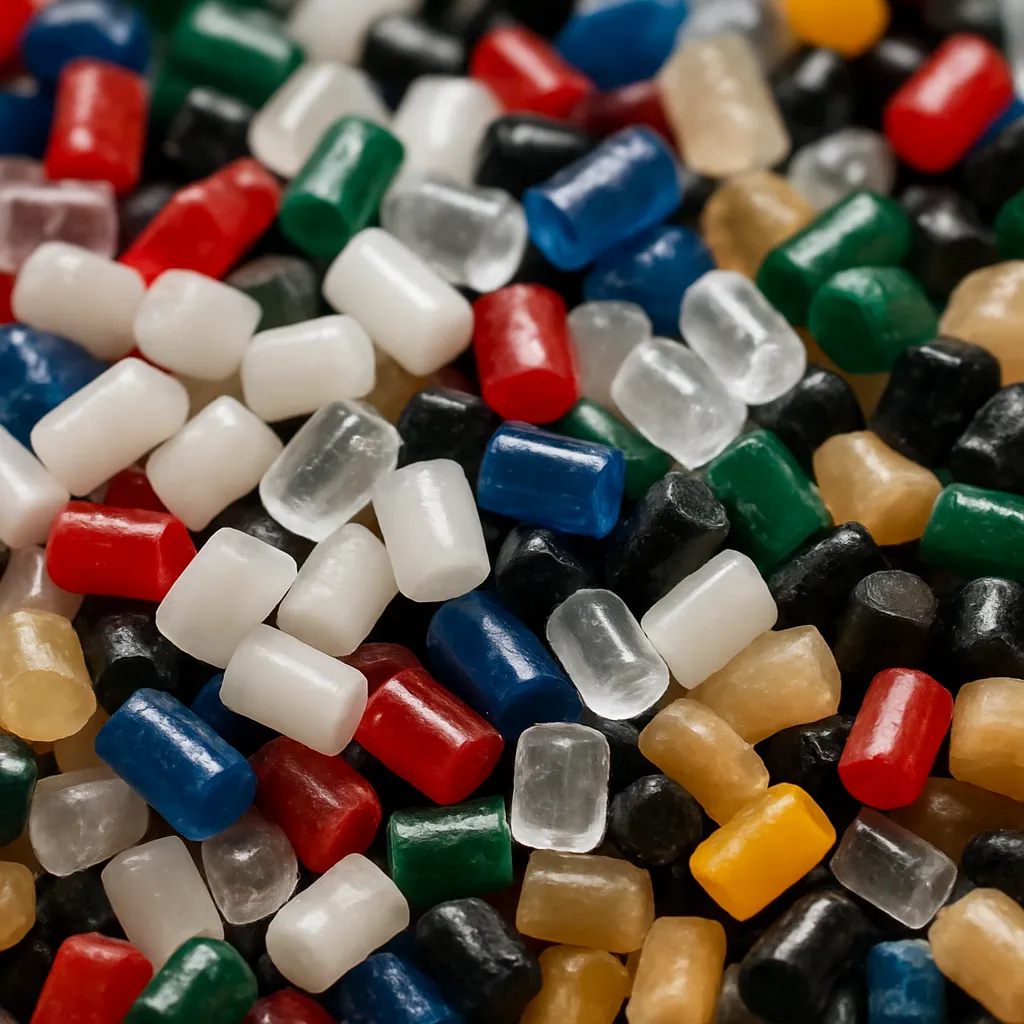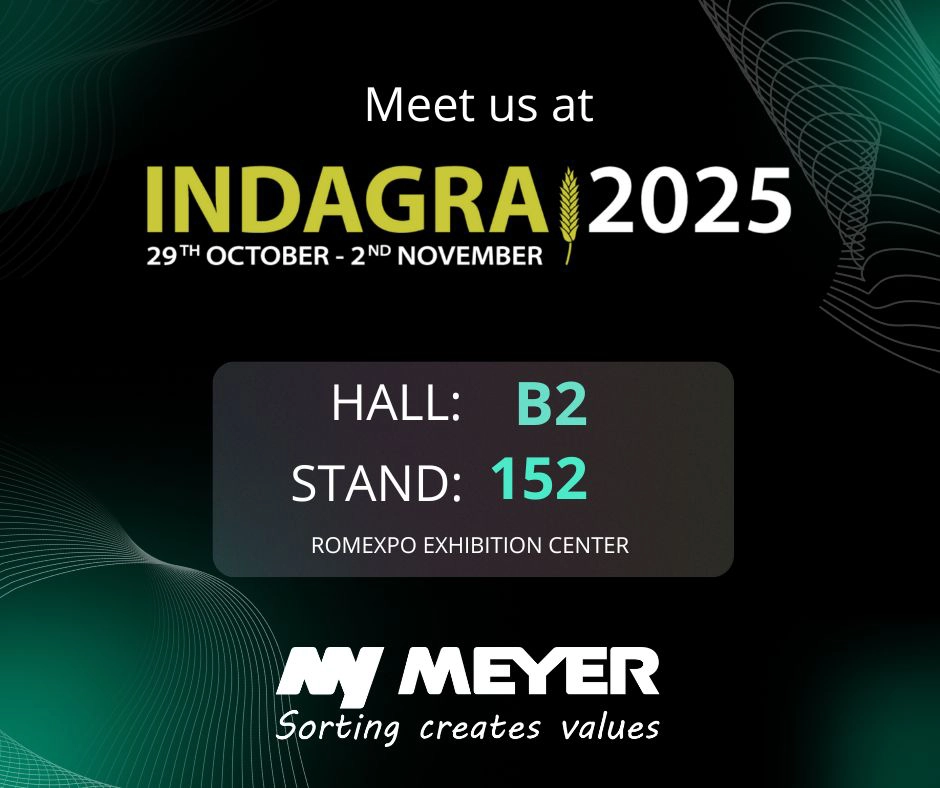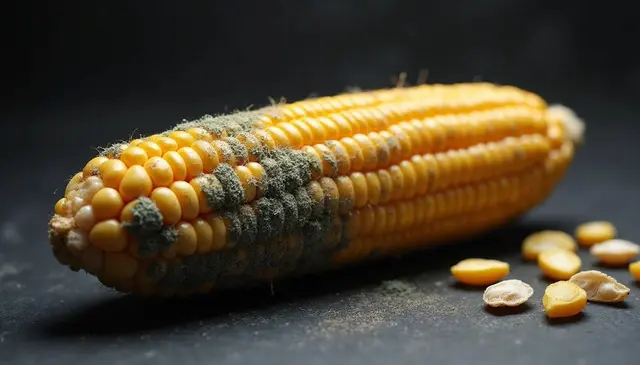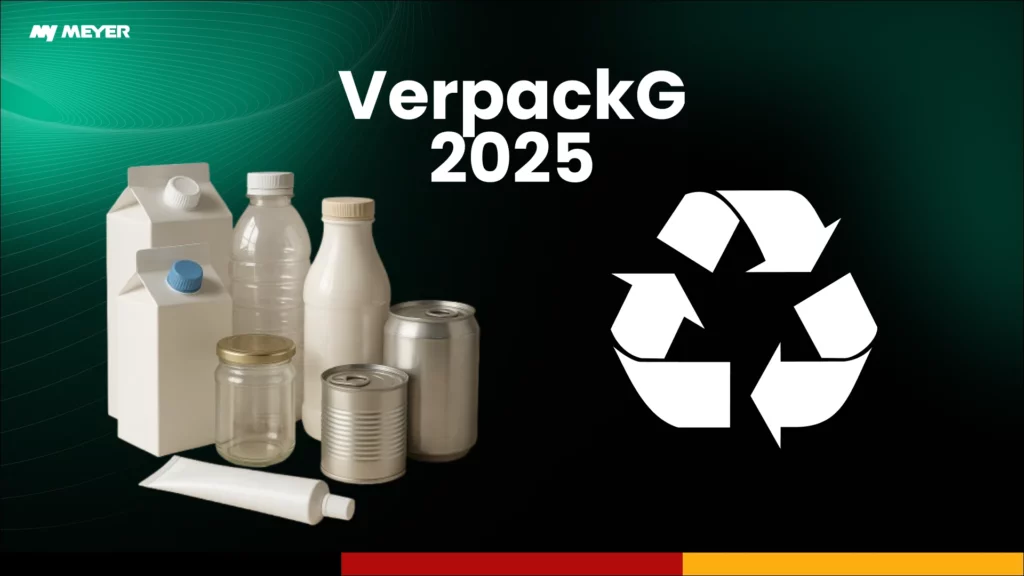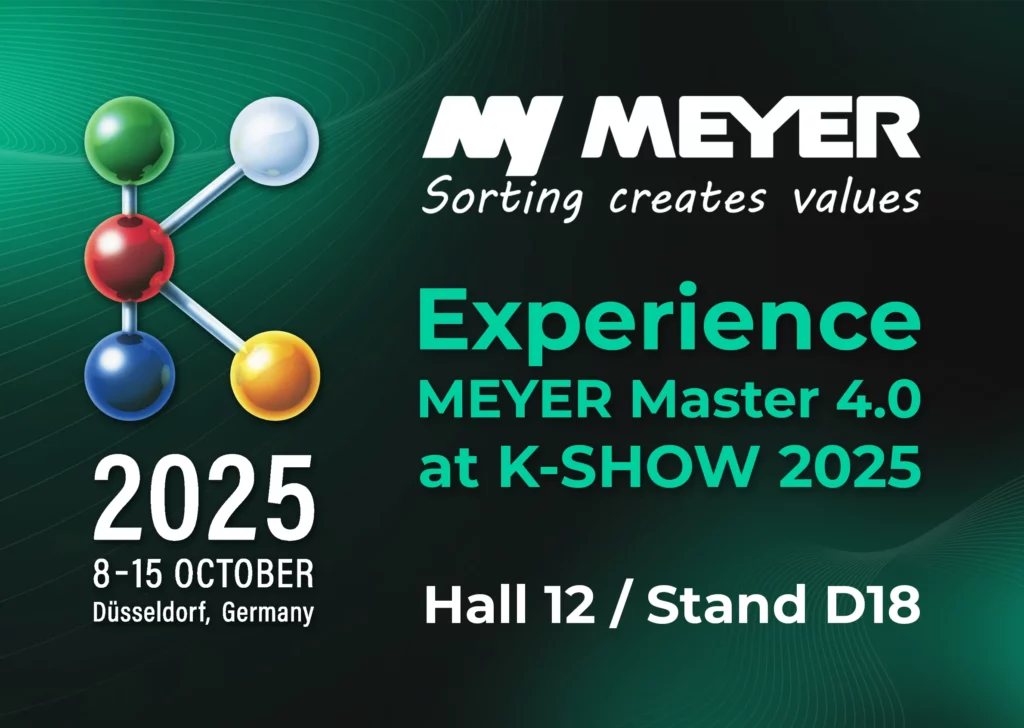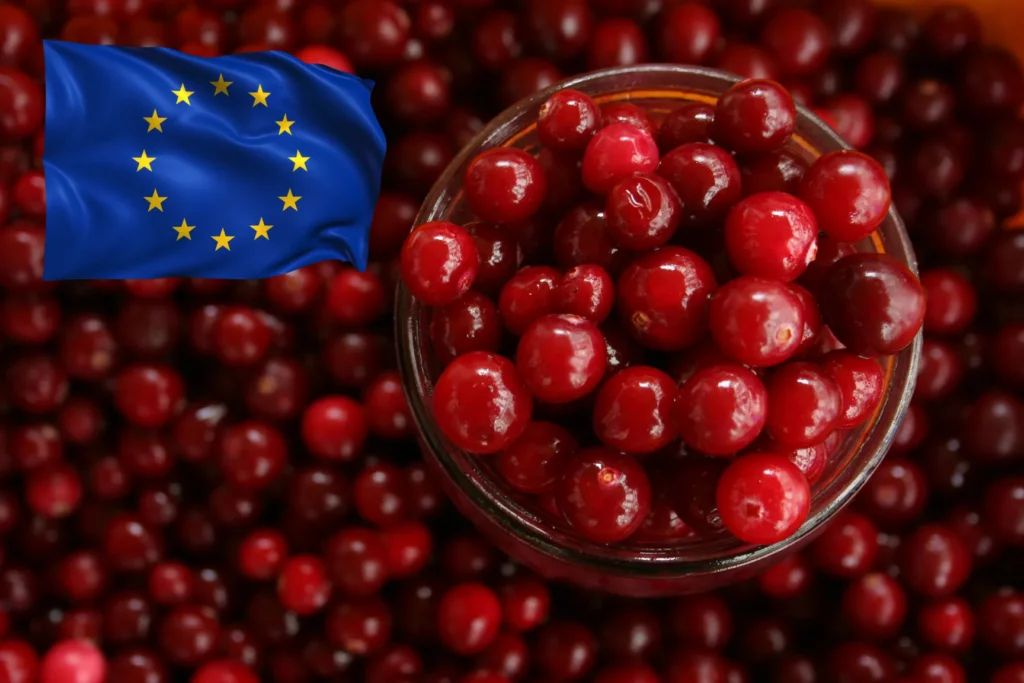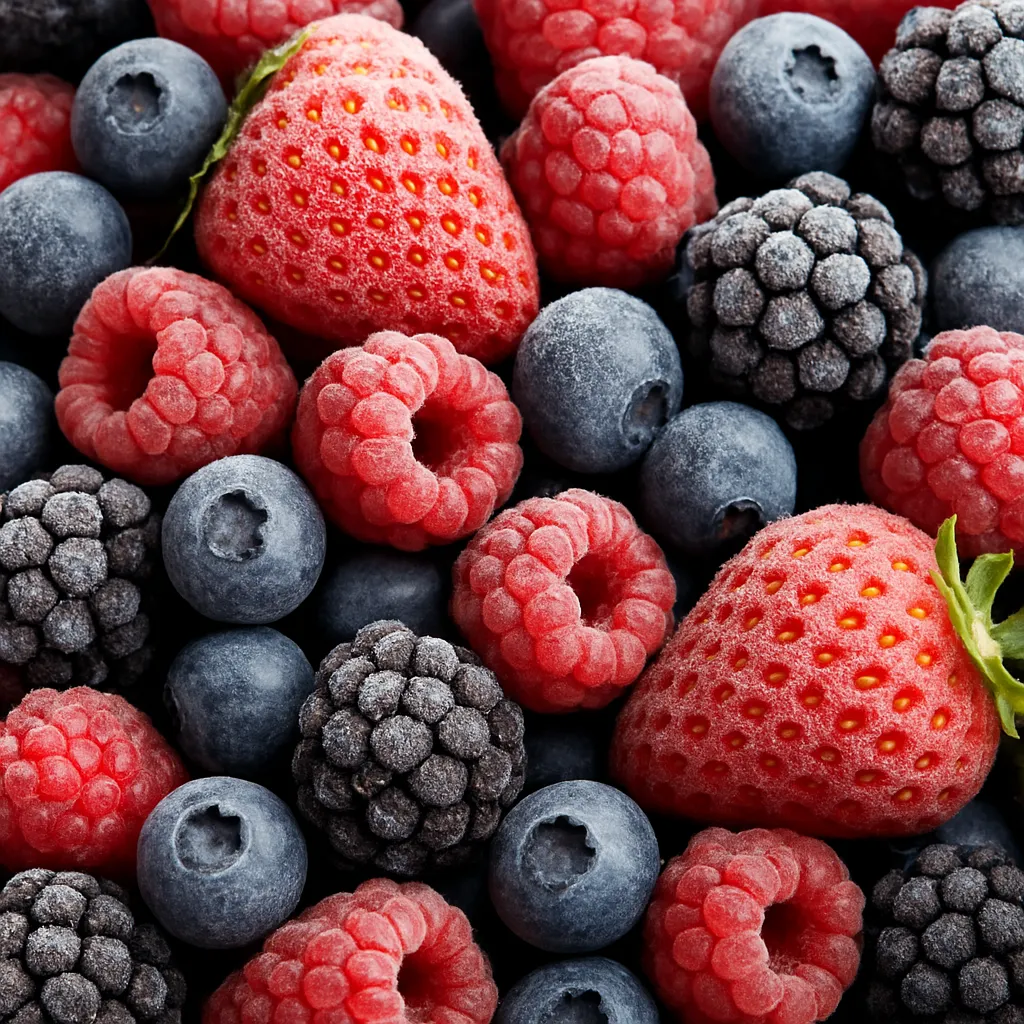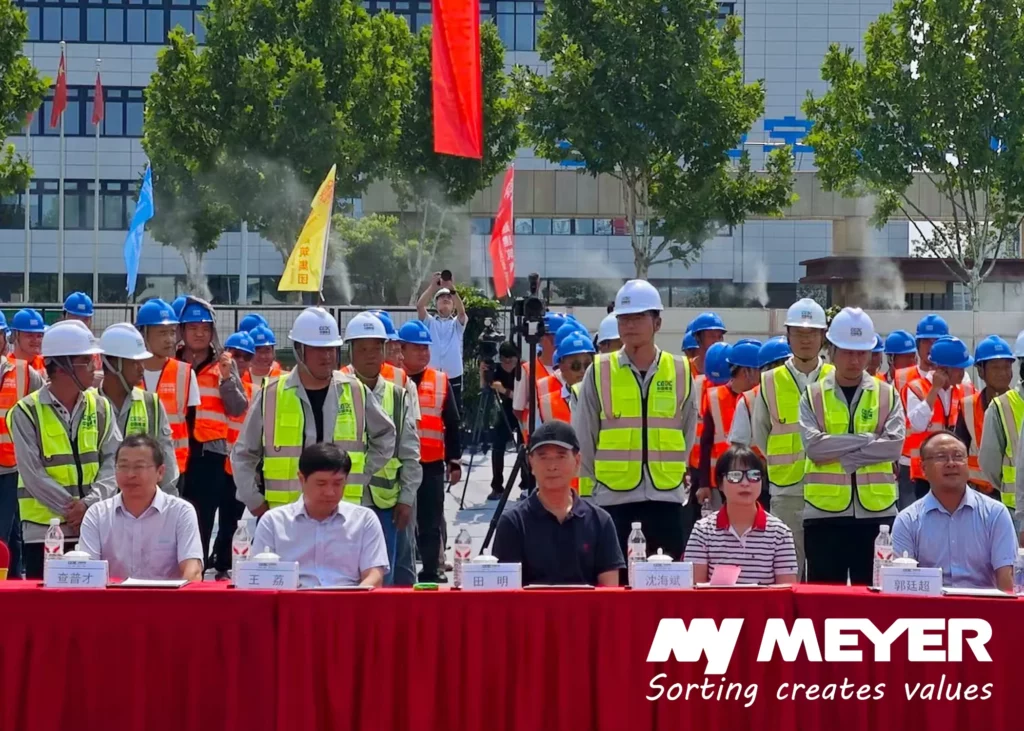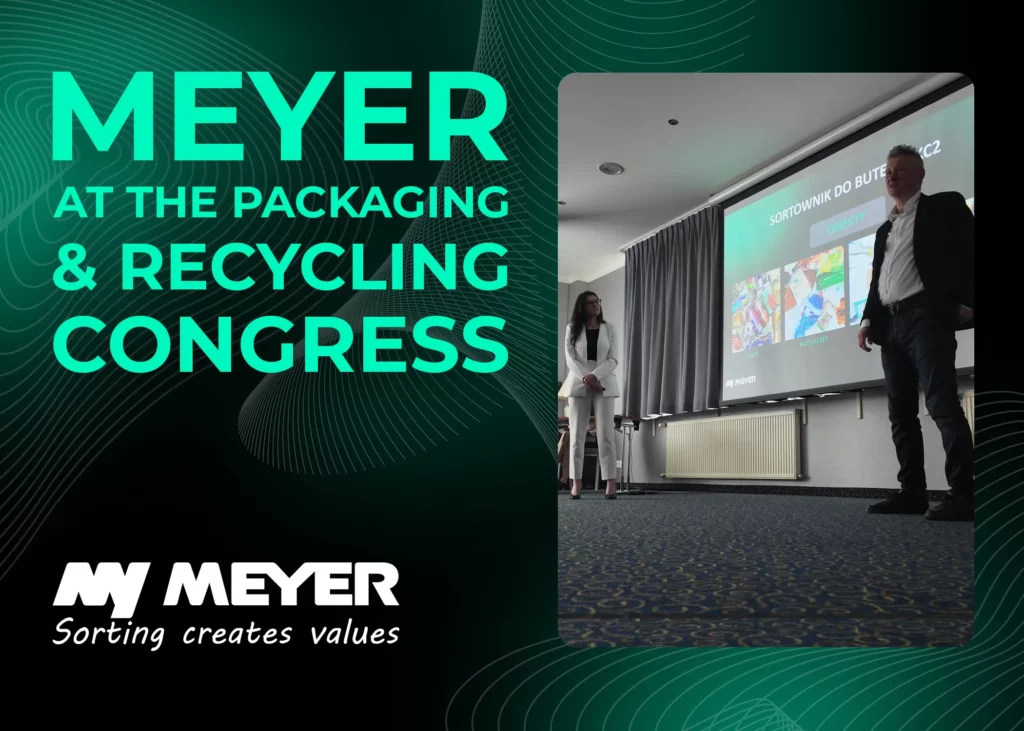In today’s recycling facilities, one of the most significant challenges facing operators is efficiently separating mixed plastic waste streams. With global plastic production exceeding 380 million tons annually and only about 9% being recycled, the pressure to improve sorting technology has never been greater. The complexity of modern packaging—often containing multiple polymer types—has pushed the recycling industry to develop increasingly sophisticated optical sorting systems capable of identifying and separating different plastic types at high speeds.
The Challenge of Mixed Polymer Waste
The recycling industry faces a perfect storm of challenges when dealing with plastic waste. Consumer packaging routinely combines PET, HDPE, PP, and other polymers in single items. When these materials enter recycling facilities as a mixed stream, they create significant separation problems.
“The fundamental issue is that different polymers have incompatible properties,” explains Dr. Elena Rostova, a polymer scientist at the Circular Materials Institute. “When melted together, they create structurally weak materials with poor mechanical properties. A PET bottle with a PP cap and PE label represents three distinct materials that must be separated before effective recycling can occur.”
This complexity is compounded by several factors:
- Contamination from food residue, adhesives, and labels
- Color variations that can mask polymer identification
- Multi-layer packaging combining different plastic types
- Degradation from previous use and exposure to environmental factors
- Chemical additives that can alter material properties
For recyclers, the stakes couldn’t be higher. Even small percentages of contamination can render entire batches unusable for high-value applications.
How Optical Sorting Technology Works
Modern optical sorting systems represent the culmination of decades of technological advancement, combining sophisticated sensor arrays with artificial intelligence to identify and separate different polymer types at speeds exceeding 3 tons per hour per sorting unit.
Near-Infrared (NIR) Spectroscopy
At the heart of most advanced plastic sorting systems is near-infrared spectroscopy technology. NIR sensors work by directing infrared light at plastic items as they move along high-speed conveyors. Each polymer type absorbs and reflects specific wavelengths of this light based on its unique molecular structure.
“NIR spectroscopy essentially creates a molecular fingerprint of each plastic type,” says Thomas Weber, Chief Technology Officer at SortTech Systems. “PET, HDPE, PP, PS, and PVC each have distinctive spectral signatures that our sensors can identify in milliseconds.”
The process works through several steps:
- Plastic items are spread onto a high-speed conveyor belt
- NIR emitters direct infrared light at the materials
- Sensors detect the reflected light patterns
- Specialized software analyzes these patterns against a database of known polymers
- When a target material is identified, precisely timed air jets direct it to the appropriate collection stream
Modern NIR systems can identify multiple polymer types simultaneously, distinguishing between clear PET, colored PET, HDPE, LDPE, PP, PS, and PVC with accuracy rates exceeding 95% under optimal conditions.
Visible Light Spectroscopy (VIS)
While NIR technology excels at polymer identification, it has limitations—particularly with dark or black plastics that absorb rather than reflect infrared light. To address this gap, many advanced sorting systems incorporate visible light spectroscopy.
“Black plastics became the blind spot in recycling,” notes Maria Sanchez, Research Director at Global Recycling Solutions. “Carbon black additives absorb the NIR wavelengths, making them essentially invisible to traditional sorting systems. By adding visible light spectroscopy and other technologies, we can now identify these previously problematic materials.”
VIS technology analyzes the visible light spectrum reflected from materials, helping to identify colors and certain surface characteristics that complement NIR data.
Hyperspectral Imaging
The latest generation of optical sorters employs hyperspectral imaging—a technology that combines aspects of both traditional imaging and spectroscopy. These systems capture information across the electromagnetic spectrum for each pixel in an image.
“Hyperspectral imaging represents a quantum leap in sorting capability,” explains Dr. James Chen of Advanced Recycling Technologies. “Instead of a single spectral reading, we’re getting hundreds of data points across multiple wavelengths for each millimeter of material. This allows us to identify not just the primary polymer but additives, contaminants, and even degradation levels.”
This technology enables recyclers to make increasingly sophisticated sorting decisions, such as separating food-grade PET from non-food-grade materials, or identifying flame-retardant additives that might contaminate certain recycling streams.
AI and Machine Learning Applications
The true power of modern optical sorting comes from the integration of artificial intelligence and machine learning algorithms that continuously improve identification accuracy.
Modern sorting systems can process upwards of 50 million data points per minute. Interpreting this massive data stream in real-time requires sophisticated AI algorithms that can make split-second identification and sorting decisions.
“The machine learning aspect has transformed what’s possible in polymer sorting,” says Dr. Chen. “Our algorithms continuously learn from both successful and unsuccessful identifications, gradually improving their accuracy even when facing new packaging types or previously unseen combinations of materials.”
These AI systems excel at:
- Recognizing patterns in spectral data that indicate specific polymer types
- Adapting to variations in material composition and condition
- Distinguishing between similar materials with subtle spectral differences
- Compensating for contamination and degradation effects
- Optimizing sorting parameters based on input quality and desired output purity
Practical Challenges and Solutions in Optical Sorting
Despite the sophisticated technology, real-world recycling operations face numerous practical challenges that affect sorting efficiency.
Material Preparation
Effective optical sorting begins long before materials reach the NIR sensors. Proper material preparation is crucial for maximizing identification accuracy.
“You can have the most advanced optical sorter in the world, but if your material stream isn’t properly prepared, results will be disappointing,” explains Roberto Gianetti, Operations Director at EuroRecycle. “Items need to be sufficiently separated on the conveyor belt to allow individual identification, and preliminary cleaning steps are essential.”
Key preparation steps include:
- Bag breaking and material liberation
- Screening to remove oversized and undersized items
- Pre-washing to remove surface contaminants
- Density separation using air classification or float-sink tanks
- Magnetic and eddy current separation to remove metals
Speed vs. Accuracy Tradeoffs
Recycling economics demands high throughput, but faster conveyor speeds can reduce sorting accuracy. Finding the optimal balance is a constant challenge for facility operators.
“At higher speeds, you get more overlap of items on the belt, which can confuse the sensors,” says Gianetti. “We typically run our systems at about 85% of their theoretical maximum speed to maintain acceptable purity levels.”
Modern systems address this challenge through:
- Multiple sorting stages with cascading purity improvements
- Wider conveyor belts to better distribute materials
- Higher resolution sensors that can differentiate overlapping items
- More precise air jet arrays for targeted ejection
- Recirculation of uncertain or missed materials through the system
Handling New Packaging Innovations
As packaging manufacturers continue to innovate with new materials, coatings, and multi-layer designs, sorting systems must continuously evolve to keep pace.
“Every time a major brand launches packaging with a new barrier layer or composite structure, it creates identification challenges,” notes Dr. Rostova. “The most advanced systems now include regular database updates that incorporate spectral signatures of new packaging innovations.”
The Future of Optical Sorting Technology
The next generation of optical sorting technologies promises even greater capabilities for handling mixed polymer streams. Several emerging technologies show particular promise:
Laser-Induced Breakdown Spectroscopy (LIBS)
LIBS technology uses high-energy laser pulses to create a micro-plasma on the surface of materials. By analyzing the light emitted from this plasma, the system can identify the elemental composition of materials with extreme precision.
“LIBS technology allows us to look beyond the polymer type to detect specific additives, fillers, and even trace contaminants,” explains Dr. Chen. “This could revolutionize our ability to create closed-loop recycling systems for even the most complex plastics.”
Digital Watermarking
Rather than relying solely on inherent material properties, digital watermarking embeds invisible identification codes directly into plastic packaging during manufacturing.
“Think of it as a recycling barcode invisible to consumers but readable by sorting systems,” says Weber. “These watermarks can contain detailed information about the exact polymer composition, food contact status, and recommended recycling pathway.”
Major consumer goods companies are already implementing this technology in Europe under the HolyGrail 2.0 initiative, potentially transforming sorting accuracy for complex packaging.
Robotic Integration
The integration of robotics with optical sorting represents another frontier in recycling technology. Robotic systems combine multiple sensor types with mechanical arms capable of precise picking motions.
“Robots can make more complex decisions than traditional air-jet systems,” notes Sanchez. “Instead of a binary ‘eject or don’t eject’ choice, robotics can sort materials into multiple streams simultaneously and handle items that traditional systems struggle with, like flexible packaging.”
Conclusion
The challenge of sorting mixed polymer streams remains one of the most significant barriers to achieving higher plastic recycling rates globally. However, the rapid evolution of optical sorting technology—particularly the integration of multiple sensing technologies with artificial intelligence—is steadily improving our capability to handle increasingly complex waste streams.
As these technologies continue to mature and become more economically accessible, they promise to transform plastic recycling from a challenging waste management problem into a viable circular economy solution. The future of plastic recycling will likely depend not just on consumer participation and collection systems, but on the continued advancement of these sophisticated sorting technologies that make high-purity recycled polymers possible even from highly mixed input streams.
For recycling facility operators, waste management companies, and environmental policymakers, understanding these technologies and their capabilities is essential for planning effective recycling systems capable of handling the complex mixed polymer streams that characterize modern plastic waste.
References
- Bonifazi, G., & Serranti, S. (2023). “Recent advances in the development of innovative sensors for plastics identification and sorting: A comprehensive review.” Waste Management, 142, 118-135. https://doi.org/10.1016/j.wasman.2023.01.011
- Van Engelshoven, Y., Schwarz, P., & Bitter, H. (2022). “Machine learning algorithms applied to NIR hyperspectral imaging for the identification of mixed polymer waste.” Journal of Cleaner Production, 331, 129979. https://doi.org/10.1016/j.jclepro.2022.129979
- Ellen MacArthur Foundation. (2022). “The New Plastics Economy: Rethinking the future of plastics & catalysing action.” Retrieved from https://www.ellenmacarthurfoundation.org/publications/the-new-plastics-economy-rethinking-the-future-of-plastics-catalysing-action
- Geyer, R., Jambeck, J. R., & Law, K. L. (2017). “Production, use, and fate of all plastics ever made.” Science Advances, 3(7), e1700782. https://doi.org/10.1126/sciadv.1700782
- Zhao, Y., Zhang, B., & Chen, G. (2021). “Comparative evaluation of different sensor technologies for plastic waste sorting: A critical review.” Resources, Conservation and Recycling, 174, 105773. https://doi.org/10.1016/j.resconrec.2021.105773
- Jansen, M., Thoden van Velzen, E. U., & Pretz, T. (2022). “Detection accuracy of near-infrared based sorting systems for different plastic packaging waste streams.” Waste Management, 126, 534-545. https://doi.org/10.1016/j.wasman.2021.12.027
- Singh, N., Hui, D., Singh, R., Ahuja, I. P. S., Feo, L., & Fraternali, F. (2021). “Recycling of plastic solid waste: A state of art review and future applications.” Composites Part B: Engineering, 115, 409-422. https://doi.org/10.1016/j.compositesb.2020.108373
- Leong, K. Y., Saffuan, F. M., & Khoo, K. S. (2023). “Recent advances in plastic waste management using machine learning and artificial intelligence: A comprehensive review.” Journal of Environmental Chemical Engineering, 11(5), 109771. https://doi.org/10.1016/j.jece.2023.109771
- European Commission. (2023). “The European Green Deal and Plastic Waste Management Directive: Policy impacts on sorting technology implementation.” EUR 24567 EN, Publications Office of the European Union, Luxembourg. https://doi.org/10.2777/58183
- Veerasingam, S., Ranjani, M., Venkatachalapathy, R., Bagaev, A., Mukhanov, V., & Litvinyuk, D. (2022). “Contributions of Fourier transform infrared spectroscopy in microplastic pollution research: A review.” Critical Reviews in Environmental Science and Technology, 52(2), 320-356. https://doi.org/10.1080/10643389.2020.1807450
